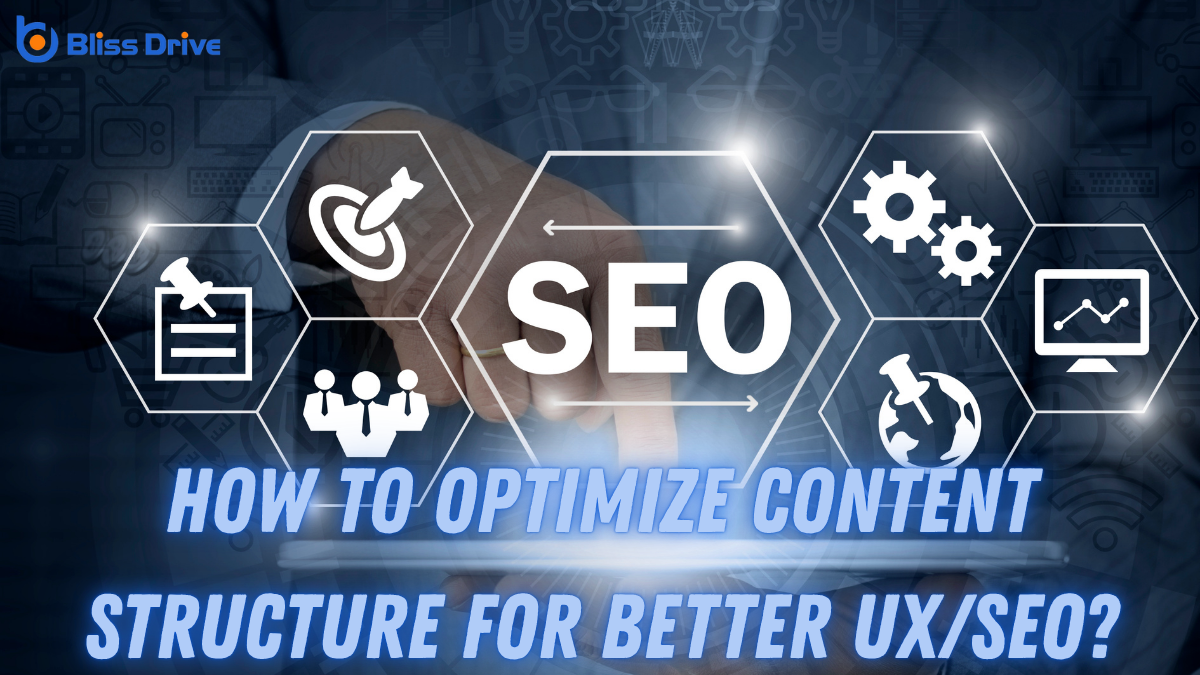Learn More About Us

To optimize your content structure for better UX and SEO, focus on clear headings and logical hierarchy to guide users and search engines. Integrate keywordsWords or phrases that users type into search engines to find information. naturally by understanding your audience's language. Enhance readability with short paragraphs, accessible fonts, and alt textDescriptions added to images to help search engines understand the content of images.. Use internal linkingLinks that connect different pages on the same website. to encourage navigation and improve SEO. Incorporate engaging multimedia elements like images and videos. There's much more to discover about how these strategies enhance your content performanceMeasuring how well content achieves its intended goals..
When designing content, clear headings and a logical hierarchy are essential for both user experience (UX)The overall experience a user has when interacting with a website or application, including usabilit... and search engine optimization (SEO). You should guarantee that your headings guide readers smoothly through your content. This approach makes it easier for users to find what they're looking for quickly, improving their overall experience.
Use headings to break down complex information into digestible parts. This structure not only helps users but also assists search engines in understanding your content's context. By organizing your content logically, you're making it accessible and engaging.

To optimize your content for both UX and SEO, integrating keywords naturally is essential. Start by understanding your audience's language and search intent. This means using keywords that seamlessly fit into your content, avoiding forced or awkward phrasing.
Place them in headings, subheadings, and throughout the text, but keep it conversational. Readers should gain value without feeling like they're reading a keyword-stuffed article.
Focus on creating content that flows naturally. Use synonyms and related terms to enrich your writing and prevent monotony. Pay attention to context; keywords should enhance, not detract from, the reader's experience.
How can you guarantee your content is both readable and accessible? Focus on clarity and inclusivity to create an impactful experience for every user.
Simplify language to make sure it's easily understood by a wide audience. Consider using:
Having established a solid foundation for readability and accessibility, let's explore how you can further enhance user experience and SEO through internal linking.
Start by strategically placing links within your content that guide users to related topics or additional information. This helps keep users engaged and encourages them to explore more pages on your site, reducing bounce rates and increasing dwell time.
Make sure your anchor text is descriptive and contextually relevant, allowing users to understand what they'll find when they click.
Use tools like sitemap and breadcrumb navigationA navigational aid showing the user’s path to the current page. to make your site's structure clear and easy to follow. By interconnecting your content, you not only improve navigation for users but also help search engines understand your site's hierarchy and relevance, boosting your SEO performance.

Multimedia is a powerful tool you can use to boost user engagementThe level of interaction and involvement users have with social media content. and enrich the overall experience on your site. By strategically incorporating various multimedia elements, you not only capture visitors’ attention but also make complex information more digestible.
Here’s how you can leverage multimedia effectively:
These elements make your content more engaging and can greatly enhance both user experience and SEO performance.
To optimize content structure for better UX and SEO, guarantee your headings are clear and follow a logical hierarchy. Integrate keywords naturally to avoid disrupting readability. Enhance your content's readability and accessibility by using simple language and formatting. Use internal linking strategically to guide users and boost page authority. Finally, engage your audience with multimedia elements, like images and videos. By focusing on these strategies, you'll create a more user-friendly and search-friendly experience.
